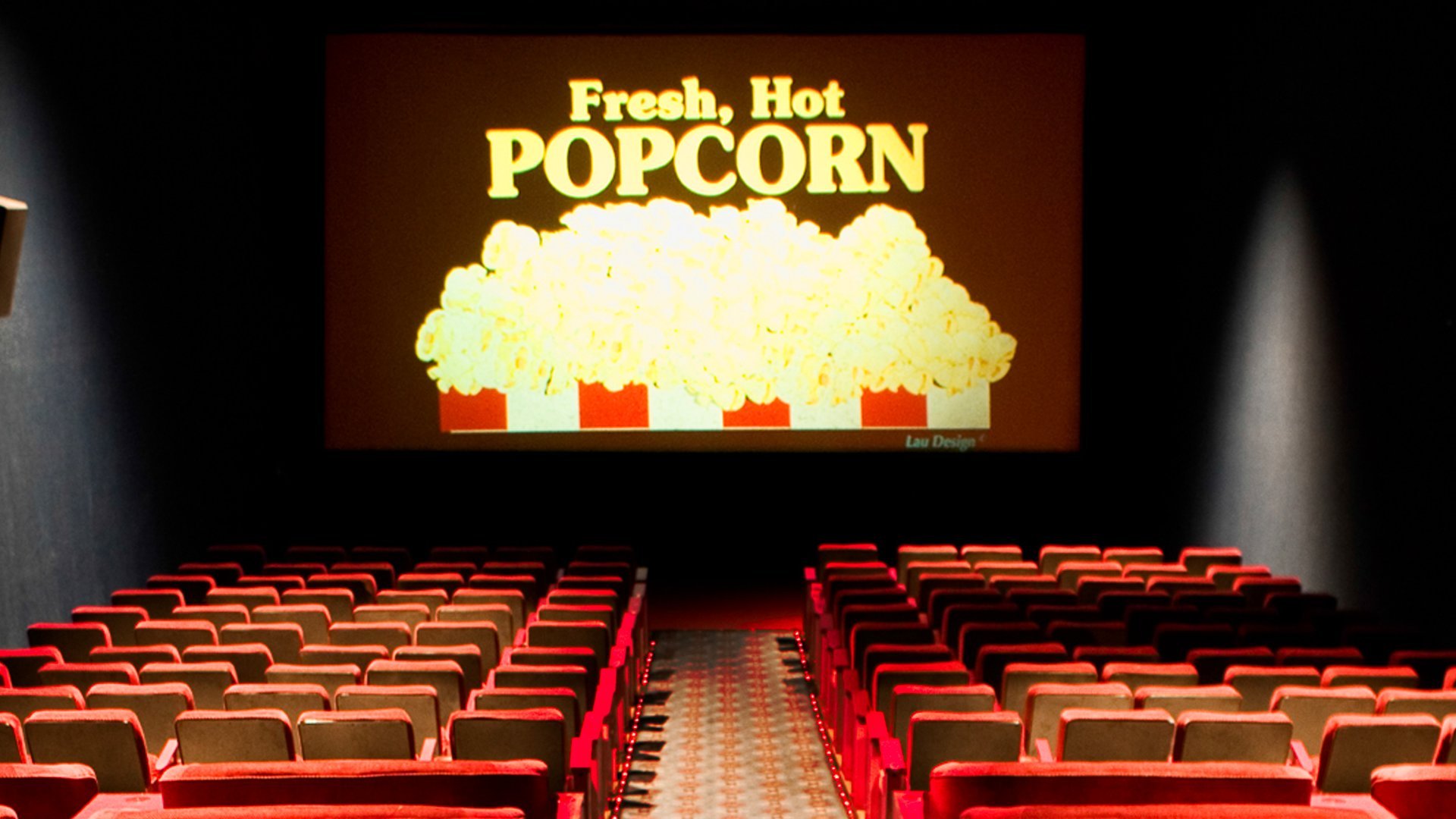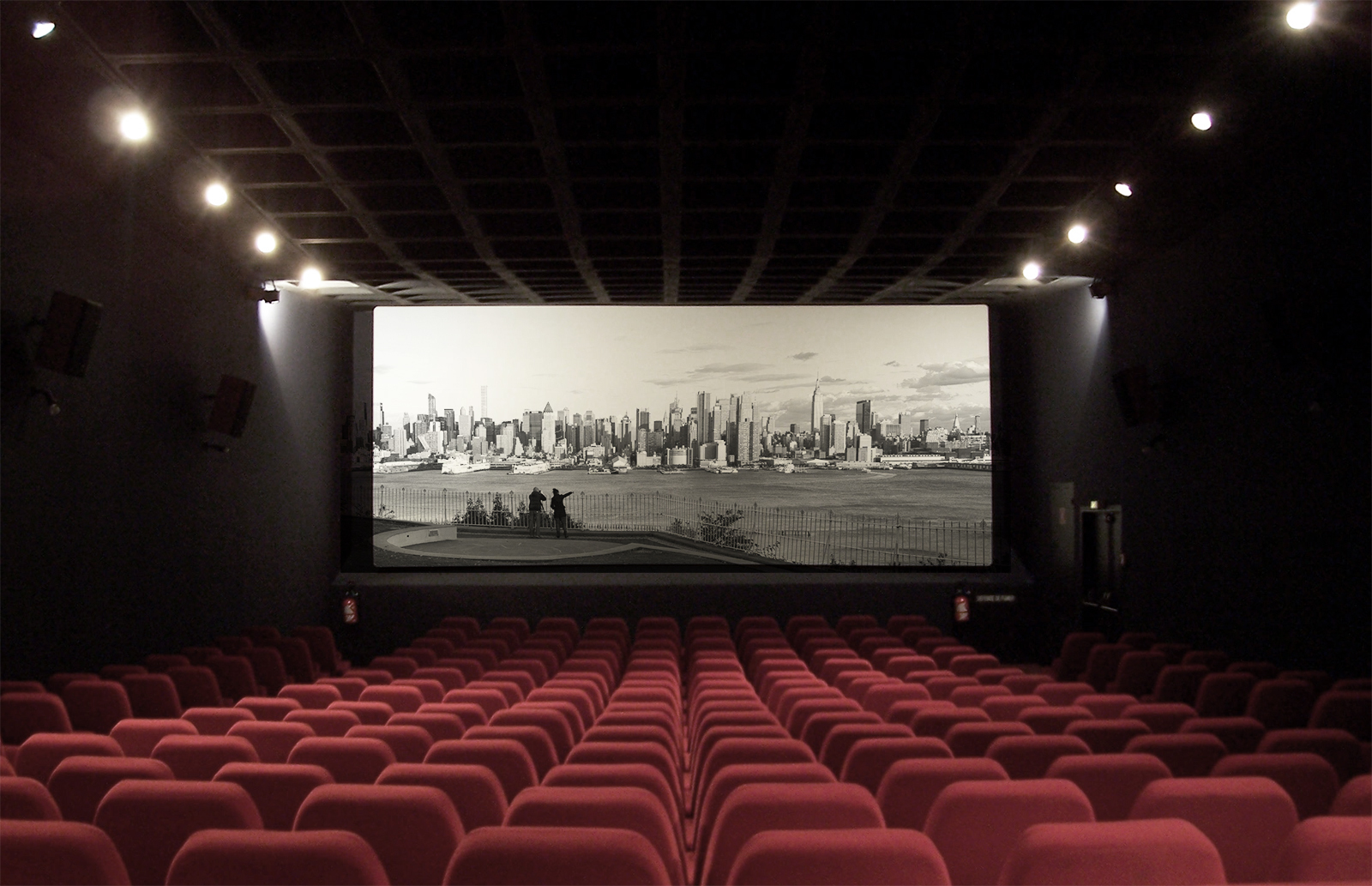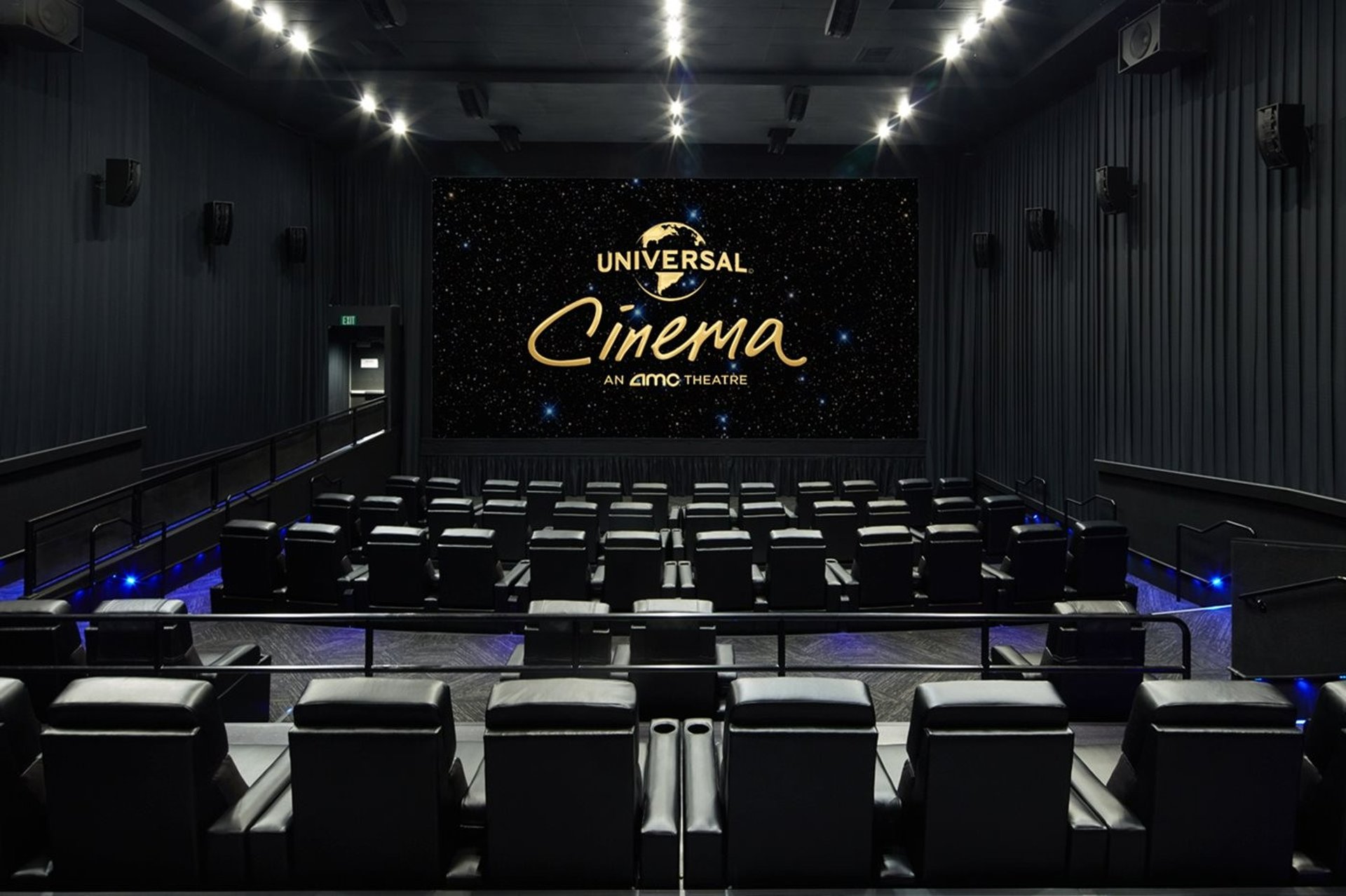The Evolution Of Cinema: A Journey Through Time And Technology
Cinema has long been a significant part of human culture, offering a unique window into the collective imagination of societies around the world. From its humble beginnings in the late 19th century to the high-tech marvels of today, the art of storytelling through moving images has evolved dramatically. This article will delve into the fascinating journey of cinema, exploring its history, technological advancements, and the impact it has had on our lives. By understanding the evolution of cinema, we can appreciate its role as a cultural touchstone and its influence on contemporary society.
The advent of cinema marked a revolutionary change in entertainment, allowing audiences to experience stories in a way that was previously unimaginable. The combination of visual artistry, narrative depth, and emotional engagement has made cinema a powerful medium for expression and communication. In this article, we will explore various aspects of cinema, including its historical milestones, the emergence of different genres, and the technological innovations that have shaped the industry.
Additionally, we will highlight the importance of cinema in reflecting societal values and addressing critical issues, making it a vital component of our cultural landscape. As we embark on this cinematic journey, we invite you to discover how this dynamic art form has transformed over the decades and continues to evolve in response to changing audience preferences and technological advancements.
Table of Contents
- History of Cinema
- Technological Advancements in Cinema
- Genres of Cinema
- Cultural Impact of Cinema
- Biography of Key Figures in Cinema
- Current Trends in Cinema
- The Future of Cinema
- Conclusion
History of Cinema
The history of cinema dates back to the late 1800s, with the invention of the motion picture camera. The first public screening of films took place in 1895, marking the birth of cinema as we know it today. The Lumière brothers, Auguste and Louis, are credited with this milestone, showcasing short films that captivated audiences and sparked interest in this new form of entertainment.
Throughout the early 20th century, cinema evolved rapidly, with the introduction of narrative storytelling and the rise of Hollywood as the epicenter of the film industry. Silent films dominated this era, with iconic figures like Charlie Chaplin and Buster Keaton captivating audiences with their physical comedy.
With the advent of sound in the late 1920s, known as the "talkies," cinema experienced another significant transformation. Movies became more immersive, allowing for complex storytelling and character development. This era also saw the rise of musical films, which combined music and dance with narrative elements, further enhancing the cinematic experience.
- Tony Hinchcliffe Roasts Tom Brady A Comedy Showdown
- Unveiling The Life Of David Pades Wife A Comprehensive Overview
Technological Advancements in Cinema
Technology has played a pivotal role in the evolution of cinema, shaping how films are produced, distributed, and consumed. Key advancements include:
- Color Film: The introduction of color film in the 1930s revolutionized the visual experience, allowing filmmakers to create more vibrant and engaging stories.
- Special Effects: The development of special effects techniques, including CGI (computer-generated imagery), has opened new avenues for storytelling, enabling the creation of fantastical worlds and characters.
- Digital Projection: The shift from traditional film to digital projection has made filmmaking more accessible and cost-effective, allowing independent filmmakers to enter the industry.
- Streaming Services: The rise of streaming platforms has changed how audiences consume films, providing greater access to diverse content and reshaping traditional distribution models.
Genres of Cinema
Cinema encompasses a wide range of genres, each with its unique storytelling techniques and audience appeal. Some popular genres include:
Drama
Drama films focus on character development and emotional narratives, often addressing real-life issues and human experiences.
Action
Action films are characterized by high-energy sequences, including chase scenes, fight sequences, and stunts, catering to audiences seeking excitement and adrenaline.
Comedy
Comedy films aim to entertain and amuse, using humor to engage audiences and often providing social commentary through satire and parody.
Horror
Horror films tap into human fears and anxieties, employing suspense and shock tactics to elicit strong emotional responses from viewers.
Cultural Impact of Cinema
Cinema has a profound impact on culture and society, serving as a reflection of societal values and norms. Films can shape public perception, influence behavior, and spark conversations around critical issues. Notable examples include:
- Social Change: Films addressing social justice issues, such as racism and gender equality, have played a vital role in raising awareness and advocating for change.
- Historical Representation: Cinema has the power to depict historical events, shaping our understanding of the past and its implications for the present and future.
- Cultural Exchange: Films from different countries promote cultural exchange, allowing audiences to explore and appreciate diverse perspectives and traditions.
Biography of Key Figures in Cinema
Throughout the history of cinema, numerous individuals have made significant contributions to the industry. Here are a few key figures:
| Name | Born | Key Contributions |
|---|---|---|
| Alfred Hitchcock | August 13, 1899 | Master of suspense and psychological thrillers. |
| Steven Spielberg | December 18, 1946 | Influential director known for blockbuster hits and storytelling innovation. |
| Ava DuVernay | August 24, 1972 | Pioneer in advocating for diversity in filmmaking. |
Current Trends in Cinema
The cinematic landscape is constantly evolving, with several trends shaping the industry today:
- Diversity and Inclusion: There is a growing emphasis on representing diverse voices and stories in mainstream cinema.
- Documentary Filmmaking: Documentaries have gained popularity, addressing real-world issues and providing insight into various topics.
- Virtual Reality: The integration of virtual reality technology is creating immersive cinematic experiences, pushing the boundaries of storytelling.
The Future of Cinema
The future of cinema holds exciting possibilities as technology continues to advance. Innovations such as artificial intelligence, augmented reality, and interactive storytelling are poised to transform the way films are created and experienced. As filmmakers experiment with new formats and platforms, audiences can expect to see a shift in how stories are told and consumed.
Conclusion
In conclusion, cinema has undergone a remarkable evolution, reflecting the changing dynamics of society and technology. From its inception to the present day, it has served as a powerful medium for storytelling, cultural exchange, and social commentary. As we look to the future, the possibilities for cinema are limitless, promising new and innovative ways to engage audiences around the world. We encourage you to share your thoughts in the comments section below and explore more articles on our site to deepen your understanding of this captivating art form.
Thank you for joining us on this cinematic journey. We hope to see you again soon!
- Homer James Jigme Gere The Life And Legacy Of An Influential Figure
- Exploring The Lives And Careers Of Nicola Philippaerts And Jessica Springsteen

cinema cafe movies tomorrow Ashely Conners

How Architecture Speaks Through Cinema ArchDaily

Universal CityWalk® Cinema at Universal Studios Hollywood Event Space